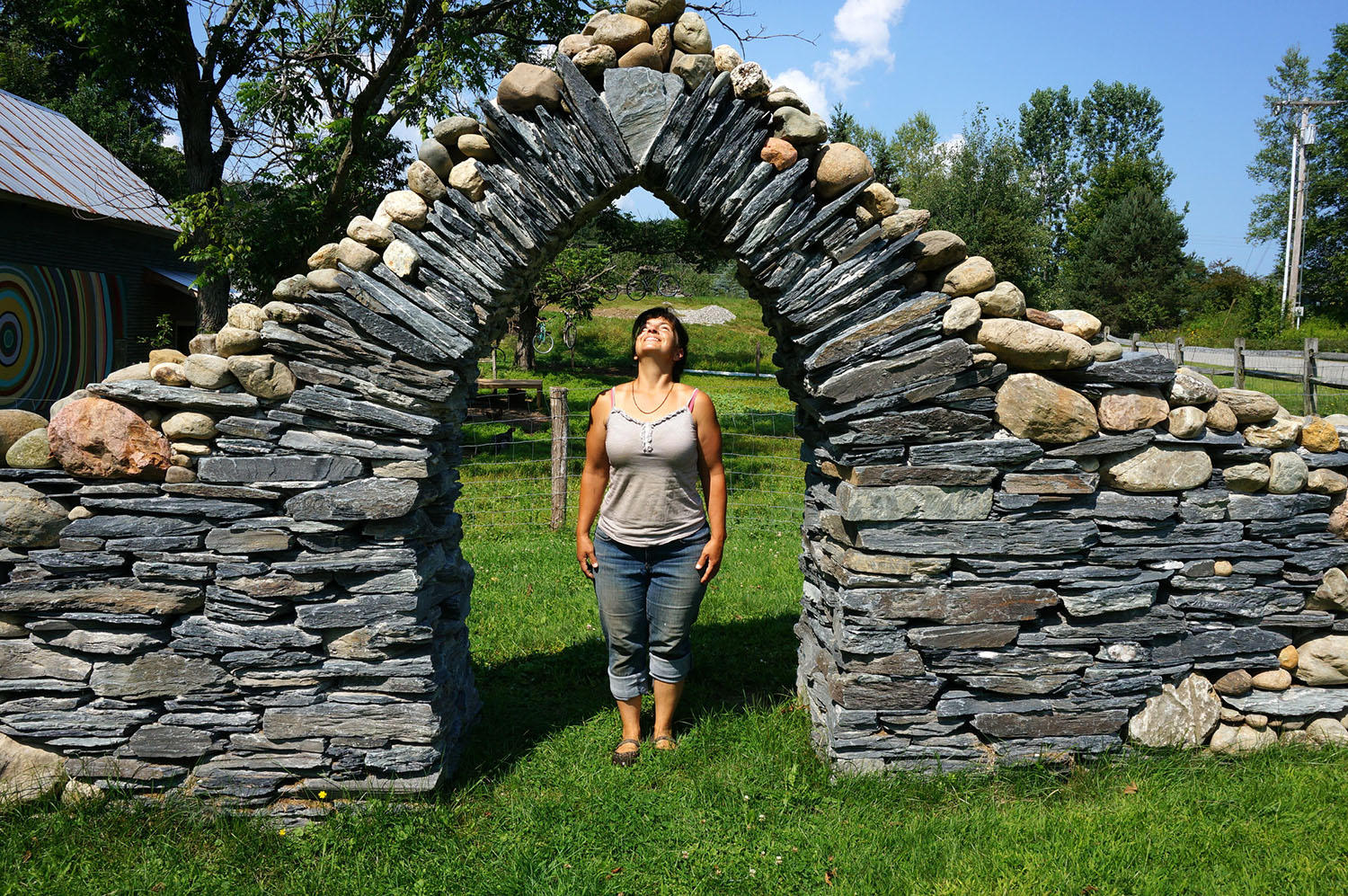Washington, DC, used to be the place to go. I arrived for the umpteenth time two days ago and rode in my first Bangladeshi cab. Like almost everyone I meet these days, the cabbie was interested in growing food on his own small farm. I contributed a little experience and a few dollars to his endeavor.
I used to go to Washington, DC a lot. I used to go to the state capitol a lot. I really thought changing the country’s laws would change the country.
Now I realize I was wrong.

We went to the state capitol and got the Arkansas Department of Agriculture established and a bunch of other laws enacted to help small farmers. One helped a few dairy farmers stay in business for awhile. But eventually, the big feedlot dairies in Texas and Oklahoma destroyed almost all the small family farm dairies from Arkansas to Georgia.
We went to DC a lot and got a bunch of sustainable agriculture programs established and even got the Delta Regional Authority established. Some of these have helped a few farmers and rural communities, but the big boys continue to expand and push out small farmers and destroy small communities.
None of these programs have lived up to our hopes. What they’ve made us realize is that any good law coming out of DC is an epiphenomenon, a side effect. Good laws which have lasting effects are the result of thousands of individual efforts and the movements these individual efforts create. When the country is transformed, it can then transform its laws. Until then, transforming the laws will have no effect. The laws will be implemented such that nothing will really change.
The sustainable agriculture movement was one such movement based on thousands, if not millions, of individual efforts. The Back to the Land folks in the 60s and 70s and the Organic folks provided an alternative to the “Get big or get out” mentality of farm leaders epitomized by USDA Secretary Earl Butz in the Nixon years.
The farm crisis in the 1980s convinced many that America needed a new approach to agriculture. Sustainability became the buzzword of the cogniscenti after the U.N.’s Brundtland report (Our Common Future) came out. Sustainable agriculture was born and became law in the 1990 farm bill.
In the early years, sustainability was just a modern version of the older conservation movement that resulted in national parks all over the country and even a Missouri Conservation Department. My grandfather was one of the first Conservation agents, but he didn’t live to see sustainability take the place of conservation.
Some of us who had established cooperative processing and marketing ventures in the 80s became part of the sustainable ag movement in the early 90s. By the late 90s, the leaders of the movement came to realize that transformation of the agricultural economy will only happen when farmers control processing and marketing. Farmers can preserve the air and water and sequester carbon to decrease climate change and still be put out of business unless they control processing and marketing. Those who take care of the earth while they produce wholesome food should benefit from the added value they create in food.
So the Value-Added Producer Grant (VAPG) program began. Farmers could now receive grants to help them develop new processing and marketing ventures. The program was based on extremely successful state programs such as the Agricultural Products Utilization Commission (APUC) in North Dakota and the (AURI) in Minnesota.
We went to state legislatures in Kentucky, Missouri and Tennessee and got programs established which adapted VAPG, APUC and AURI to those states. The one which has helped the most farmers is the Kentucky Agricultural Development Board.
These state efforts are still flourishing, but the national VAPG has run into hard times. When it began, there were many national groups working to promote sustainable agriculture policies. Today there is just one: National Sustainable Agriculture Coalition (NSAC). NSAC is the sole force keeping VAPG alive.
And even some in NSAC are wavering in their support. Why should local groups continue to support VAPG? Six reasons come to mind.
- VAPG was started by NSAC. Only NSAC pushes it for funding.
- VAPG gives funds directly to farmers. It’s the only competitive grants program which does.
- VAPG received a high score in a survey of NSAC members. Only two programs scored higher and neither of them focused on economics.
- VAPG is transformational. We won’t really change American agriculture until farmers own and control processing and marketing. That is the purpose of VAPG.
- VAPG can provide funds to the organizations who are members of NSAC. If you help farmers get VAPG grants, they can hire you to write the feasibility analyses and business plans they need under the grants.
- The final reason addresses the question: what is the purpose of NSAC? Is the goal to help farmers or for NGOs to get grants for themselves? There is nothing wrong about NGOs getting funds to help farmers, but the goal should always be helping farmers become more sustainable and resilient. VAPG does that directly.
National advocacy organizations are like any natural system. They pass through a adaptive cycle with four phases: getting organized, growing fast, maturing and releasing. A farmer’s field shows these four phases every year. The seed is planted into prepared ground. It grows quickly. It matures and sets seed. The seed is harvested and removed from the land.
The sustainable agriculture movement is like that seed. It was organized in the late 80s and early 90s. It grew quickly in the 90s. It matured in the 2000s. Now it is getting ready for release.
Release in the natural adaptive cycle can mean death. Or it can mean reorganization and rebirth. Those systems which are resilient are able to reorganize and are reborn.
Those systems which are able to reorganize and survive are those which have nurtured their children well. National organizations only survive and thrive if they nurture the local organizations which are their foundations. Local organizations need money to survive. So, as most ag lobbyists will tell you, ag policy is nearly all about money. How to get more money for this or that program. Which will give farmers or farm organizations money for what many consider worthwhile projects.
Unfortunately that means farm organizations are glad when their part of the budget is bigger. Today that means such organizations are, in effect, glad when the country accrues more debt. That is nothing that makes me happy and it shouldn’t make you happy either. The country is also a system which must nurture its children and not saddle them with debt they cannot repay.
We face the current maturity and pending release of the natural systems which are our country and many of our favorite national organizations. Natural systems which survive the release phase are those which have nurtured the next generation. For a national organization focused on helping farmers, survival and rebirth depends on the success of the farmers it tries to help.
If conservation-oriented farmers beget more conservation-oriented farmers, then their organizations can be reborn, reorganized and resilient. Does your favorite organization fit in that category?








